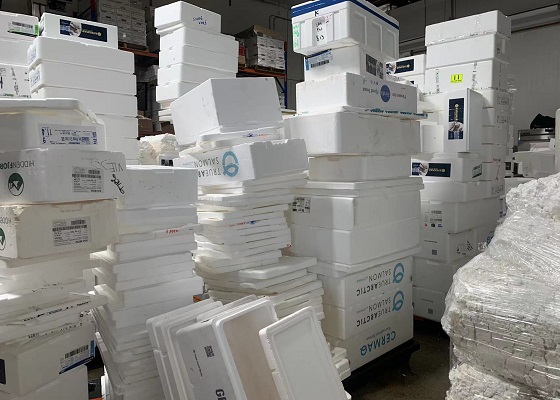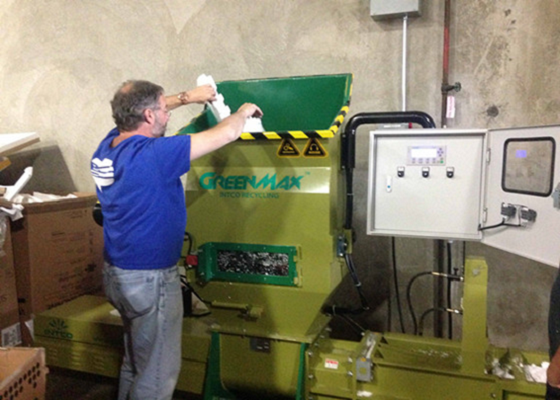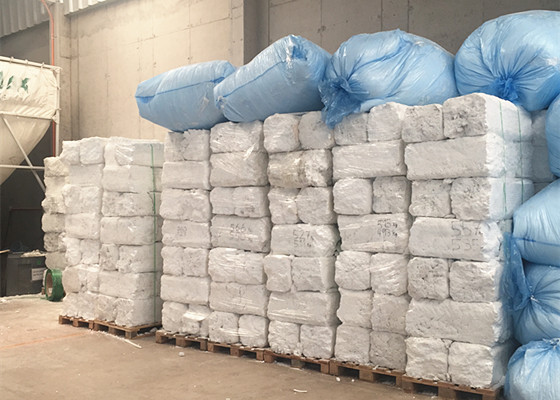Many industries, such as furniture manufacturing, construction, and packaging, generate a large amount of waste Styrofoam during their manufacturing process which is one of the main sources of environmental pollution. Because Styrofoam waste is non-degradable and can persist in the natural environment for approximately 200 to 400 years, businesses are seeking efficient and cost-efficient ways to manage their waste foam products. These businesses can save money on disposal costs and reduce their environmental impact by using a Styrofoam recycling densifier.
In the past years, industries that don’t acknowledge the damages foam can cause tend to handle Styrofoam waste by landfilling, burning, or throwing it into the oceans directly, releasing chemical pollutants and greenhouse gases. There is no doubt that these actions contribute to global warming, environmental pollution, and the harm to wildlife. According to the Environmental Protection Agency (EPA), in 2018 alone, Americans generated about 80,000 tons of Styrofoam containers, and less than 5,000 tons were recycled. Plus, about 140,000 tons of Styrofoam bags, sacks, and wraps were generated in 2018, however, only about 20,000 tons were recycled. But now, with the help of recycling machines, many factories can achieve sustainable development goals, for example, recycling the waste debris they produce and putting it back into production.
A footwear manufacturer in the USA is one real-world example of the benefits of using a foam recycling machine. This industry is now able to achieve sustainability by recycling foam scraps they generate. The whole process is straightforward. The Styrofoam will first be collected and then ground into small pellets, after that, they will be made into recycled foam with the compression of the recycling machine. In the footwear industry, the available foam can come from many types of materials. The recycled foam is applicable for many other circumstances, for instance, they are expected to be turned into different parts of the shoe and put back into productive use. In conclusion, managers don’t have to worry about the input-output ratio, and businesses can recoup this investment through cost savings related to reduced disposal costs and improved operational efficiencies.
Machines are currently the best way to recycle Styrofoam foam, but people are actively looking for alternatives. Whether it is for the footwear Industry or other related industries, INTCO recycling can provide machines for recycling and outlets for waste foam, establishing a one-stop foam recycling process.
